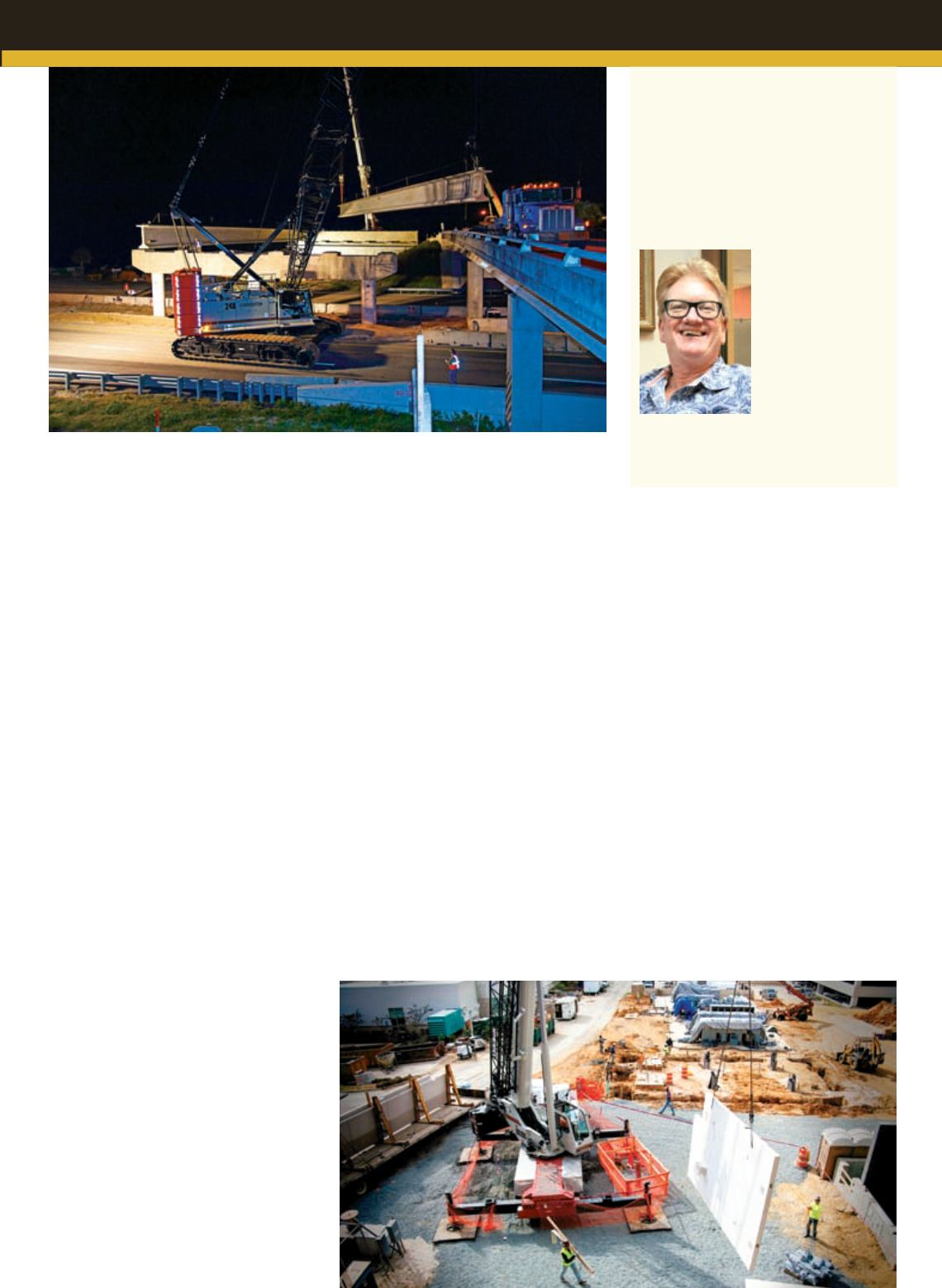
36
ACT
SEPTEMBER 2013
REGIONAL REPORT
SOUTH
entire South.
“Smaller hospitals,” he says. “You look at
the mix of hospitals, insurance companies
and the healthcare business. Insurance
companies often dictate to hospitals what
they will reimburse for certain services.
In effect, insurance companies determine
some of the prices for treatment. If you
have a smaller hospital that treats 10
patients day, or a larger hospital that treats
500 patients a day, that’s a big difference.”
The larger entity, he points out, is in
stronger position to negotiate insurance
reimbursement.
“Because machinery moving is an
important part of our business, and
hospitals have heavy medical machines,
hospital consolidation looks like a very
good opportunity. If a hospital wants to
move an MRI machine, that’s something
we do well.”
Kaman’s company specializes in heavy
haul, transportation, rigging, crating and
warehousing. Though it’s Tennessee-
based, Rowe’s fleet of 15 18-wheelers
serves the entire nation.
“For us, machinery moving has been
up or down five percent in recent years,”
he adds. “With Obamacare coming and
other developments in medical care such
as acquisition of smaller hospitals, we are
looking at the medical business as very
favorable for us.”
Kaman says his company already does
enough business “to put 10 more rigs on
the road,” but finding the right drivers
complicates growth plans. He notes that
insuring drivers during their first two
years of service is a challenge.
Keeping up with the construction
business ranks as another challenge.
“Construction is still very weak,” he says.
“That means we get few opportunities
to handle oversize loads. I see those
opportunities increasing in 2014. We’re
probably looking at about a three-year
cycle. After being slow last year, things are
picking up slightly. I expect construction
to be strong again either by next year or in
2015.”
■
Begun in 1969 with one truck, Palletized
now serves the 48 mainland states and
Canada with more than 300 trailers and
a workforce of nearly 500. That number
includes about 100 non-driver employees.
“Our business remains strong,” says
CEO Mike King, whose parents founded
the company.
Specialties include heavy haul, super
heavy haul, intermodal transport,
logistics and warehousing. Palletized also
facilitates barge and rail shipping.
“The oilfield is an important part of
our business,” says Joe Byers, a Palletized
administrative official. “But we also serve
construction and many other businesses.”
As his company keeps advancing despite
soft times in the national economy, King
anticipates more of the same in 2014.
“We have lots of faith in the Texas
economy,” King says. “Oil production.
Chemical plant expansion. Those things
are good for us. There are about 20 states
in the oilfield market, and we serve all
of them. But there’s more to our success
than the markets we serve. We invest in
ourselves by finding good people to work
(at the company’s five Texas locations).
Once they go to work for us, we try hard
to keep them. That’s very important with
our drivers. After we find them and train
them, we do everything we can to retain
them for a long time.”
In Knoxville, TN, Rowe Transfer’s Dan
Kaman sees a new opportunity for the
Southway Crane & Rigging places one of 400
concrete panels at South Georgia Medical
Center in Valdosta, GA using a Link-Belt HTC-
86100 100-ton hydraulic truck crane.
‘‘
”
Oil production.
Chemical plant expansion.
Those things are good for
us. There are about 20
states in
the oilfield
market, and
we serve all
of them.
Mike King, President
Palletized Trucking
Condotte America Inc. used a 200-ton Link-Belt 248 HSL to complete beam placement for a
bridge project on the Florida Turnpike. The crane was rigged with 165 feet of main boom and
172,000 pounds of counterweight to place 12 I-beams from 104 to 140 feet in length.


